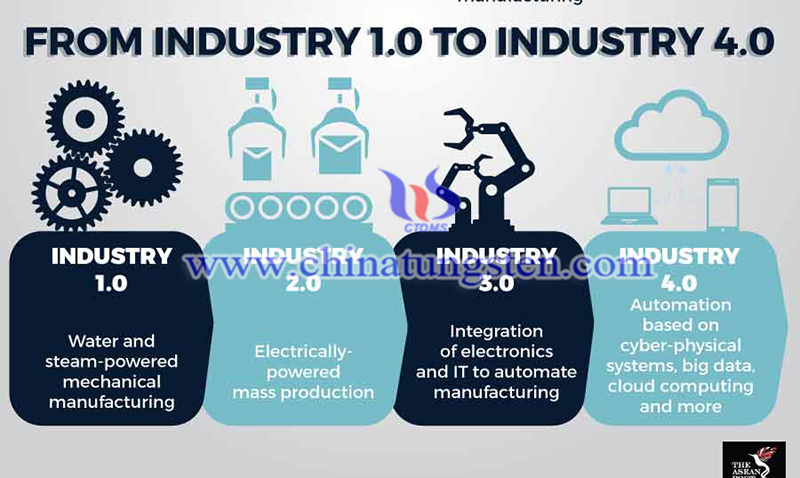Investing in Rare Earths: How India Enables A Fourth Industrial Revolution
- Details
- Category: Tungsten's News
- Published on Thursday, 12 November 2020 23:22
Shailesh Jha, senior manager of the Sun Group, an Indian conglomerate company based in Chennai said he refers to digital India as the industrial revolution of rare earths. Shailesh was speaking in a session with YourStory’s Founder and CEO Shradha Sharma at TechSparks 2020 in a ‘rare’ conversation around ‘rare earth elements’, which is one of a set of seventeen chemical elements in the periodic table–specifically the fifteen lanthanides–as well as scandium and yttrium.
TechSparks - YourStory's annual flagship event - has been Indian largest and most important technology, innovation, and entrepreneurship summit for over a decade, bringing together entrepreneurs, policymakers, technologists, investors, mentors, and business leaders for stories, conversations, collaborations, and connections that matter. As TechSparks 2020 goes all virtual and global in its 11th edition, we want to thank you for the tremendous support we've received from all of you throughout our journey and give a huge shoutout to our sponsors of TechSparks 2020.
To make it simple for the thousands of TechSparks viewers to understand, Shailesh highlighted that all the modern electronic device that we use on a daily basis–smartphones, tablets, laptops, etc. - have one or more components from the set of rare earth elements, and their production is unfortunately not as per the demand.

"Rare earth element" is one of the 17 chemical elements in the periodic table, especially the 15 lanthanides, as well as scandium and yttrium. To enable thousands of TechSparks audiences to understand, Shailesh emphasized that all modern electronic devices we use every day-smartphones, tablets, laptops etc.-come from one or more combinations of rare earth element sets. And their production is not based on demand.
Shailesh even referred to Digital India as the industrial revolution of rare earths, “because these elements will be as indispensable as oil and gas, bronze and iron in the Middle Ages 100 years ago,” he said. "It is the first cornerstone of any kind of electronic supply chain. When we enter the 5G world, whatever industrial revolution we see in the future will come from rare earths," Shailesh added.
Interestingly, Shailesh emphasized that India was the first country in Asia to realize the potential of rare earth elements. As early as 1950, the country started mining through the establishment of the Indian Rare Earth Limited (IREL), later the Indian Department of Atomic Energy (DAE). Rare minerals. However, despite its first mover advantage, the country has failed to take full advantage, and its output has continued to decline. Shailesh said that to this day, the country has about 6% of the world's total reserves, which is abundant.
This is the reason why the ecosystem needs to focus on finding alternatives, which will also reduce dependence on countries such as China that dominate the production of these elements. When talking about achieving self-reliance, Prime Minister Modi called on "Aatmanirbhar Bharat". Shailesh emphasized the upstream process and how investment in this area can bring India to the forefront of the next industrial revolution.
Digital India may be the industrial revolution of rare earths. "Discussions around technology have shifted to digitalization, interconnection, and customer-centric innovation. We have to recognize that science-centric innovation or scientific frontier innovation is equally important, and we also need well-known venture capital companies to pay attention to it." Shailesh said.
- Rare Earth Manufacturer & Supplier, Chinatungsten Online: www.chinatungsten.com
- Tungsten News & Prices of China Tungsten Industry Association: www.ctia.com.cn
- Molybdenum News & Price: news.molybdenum.com.cn
- Tel.: 86 592 5129696; Fax: 86 592 5129797; Email: sales@chinatungsten.com



 sales@chinatungsten.com
sales@chinatungsten.com